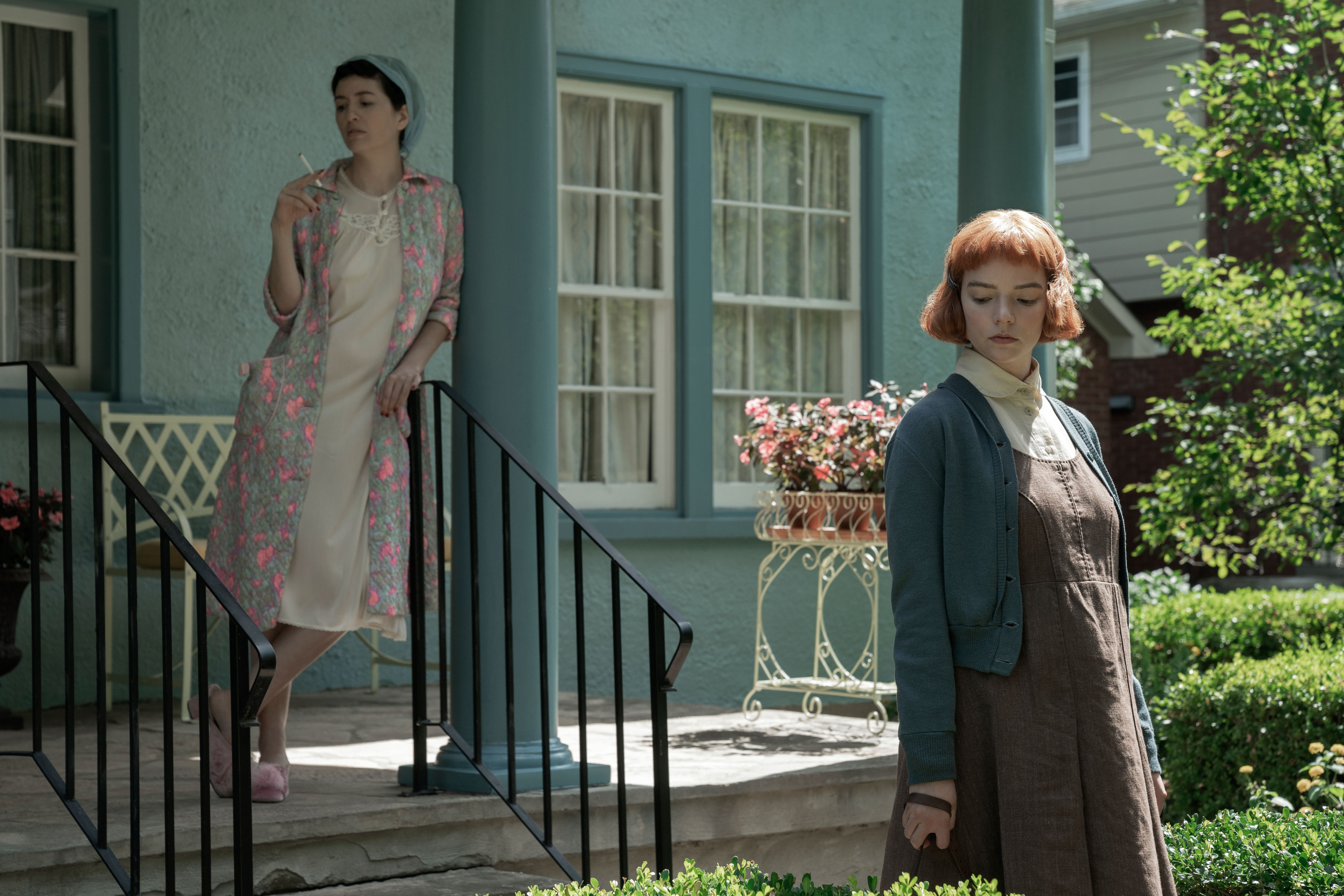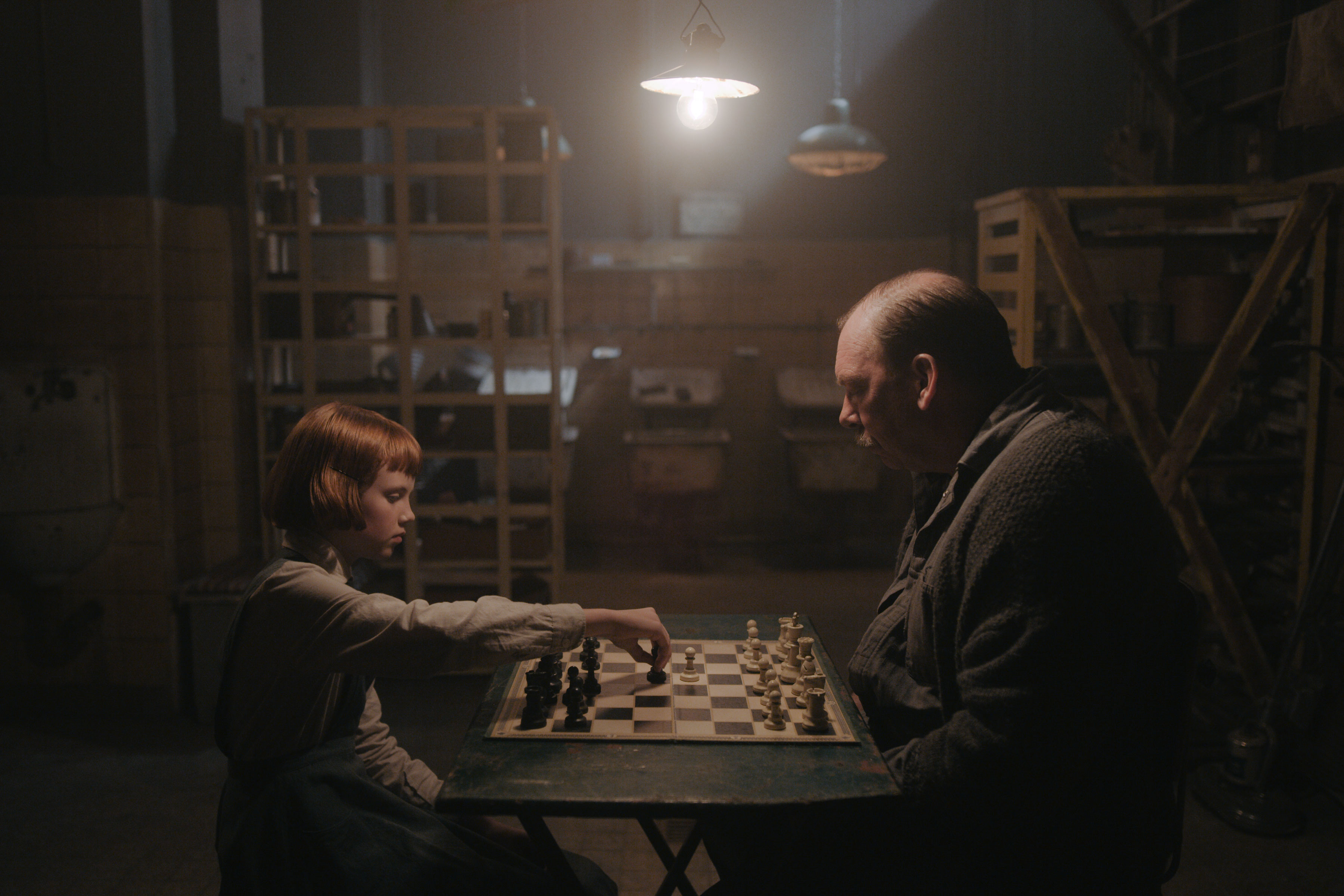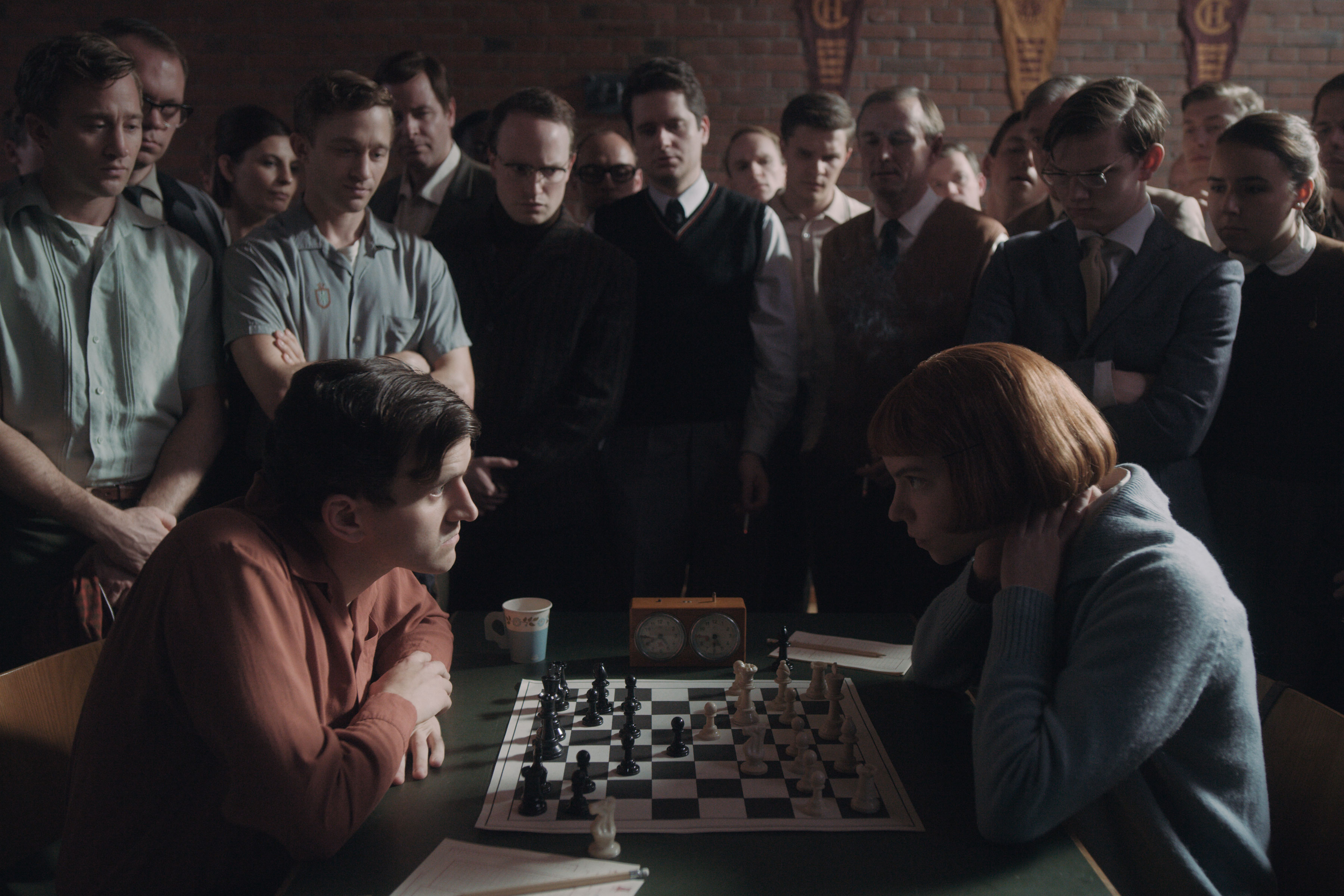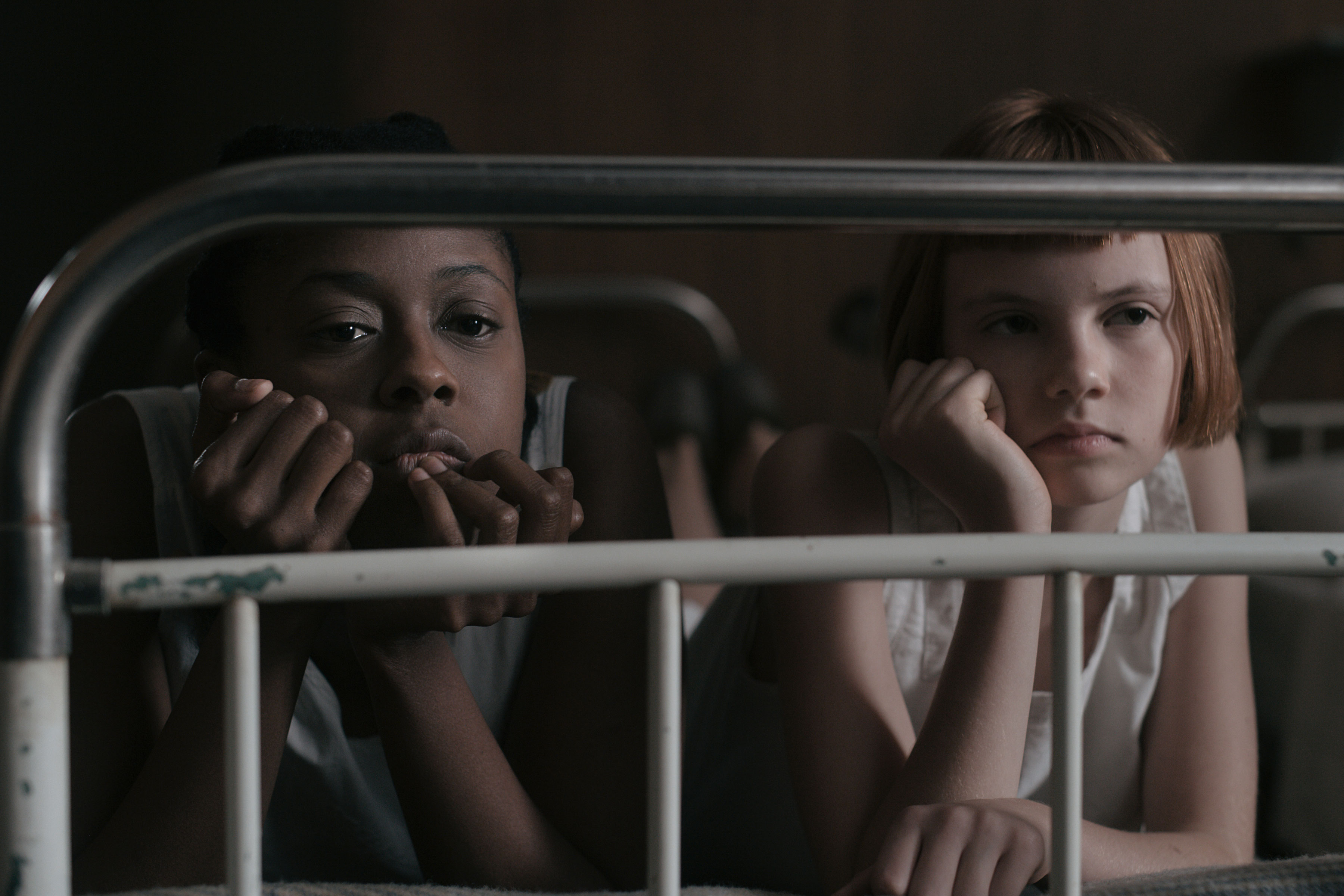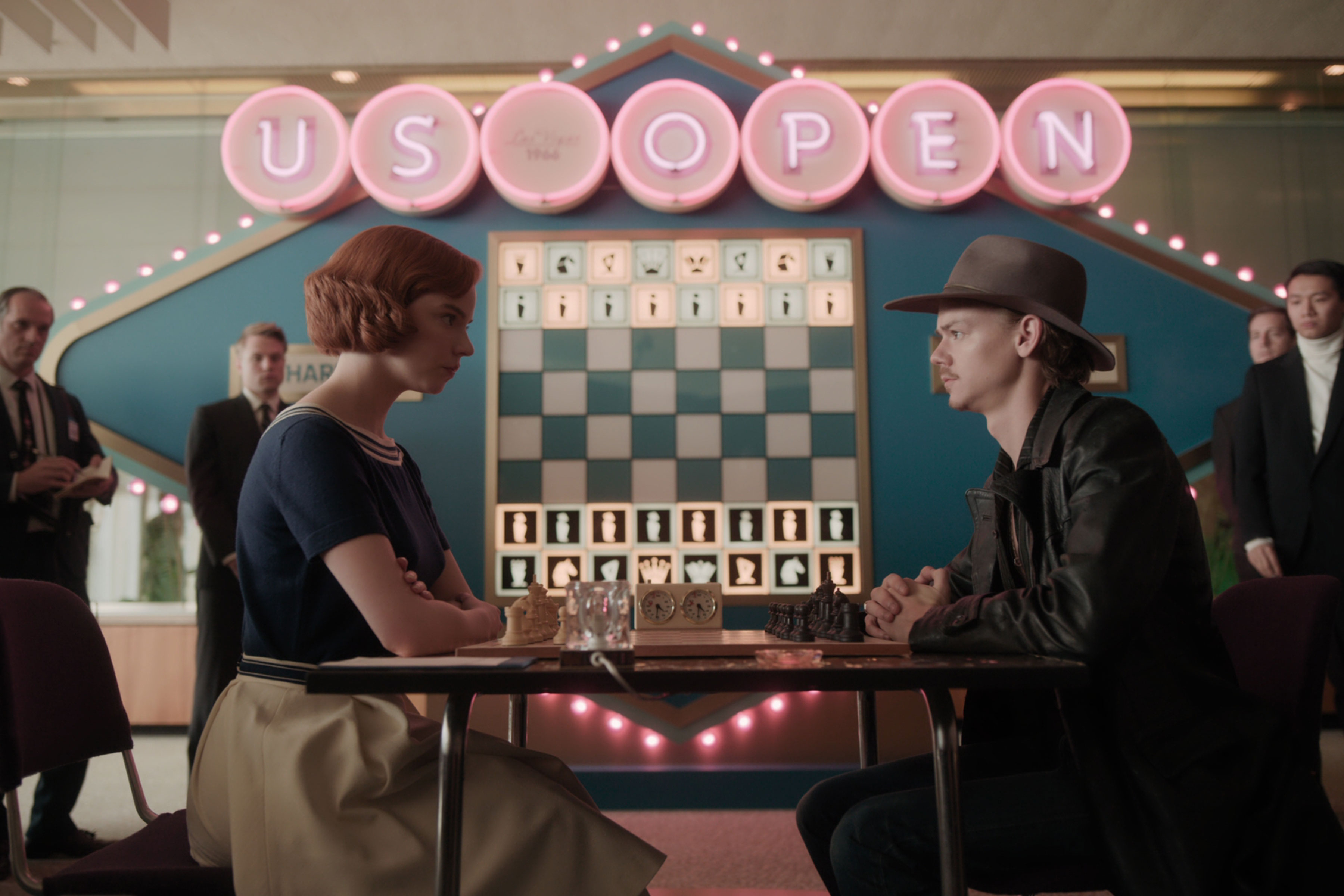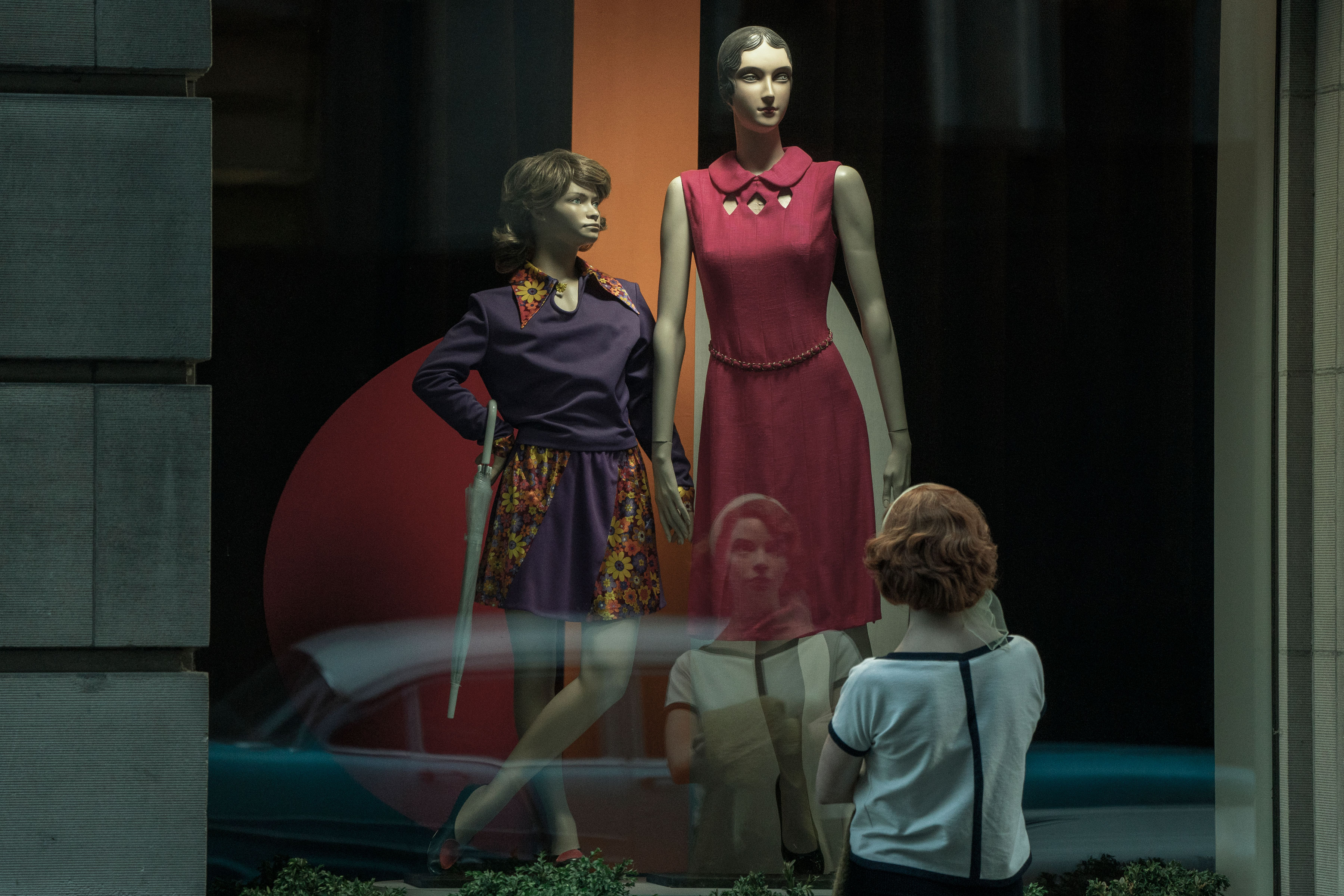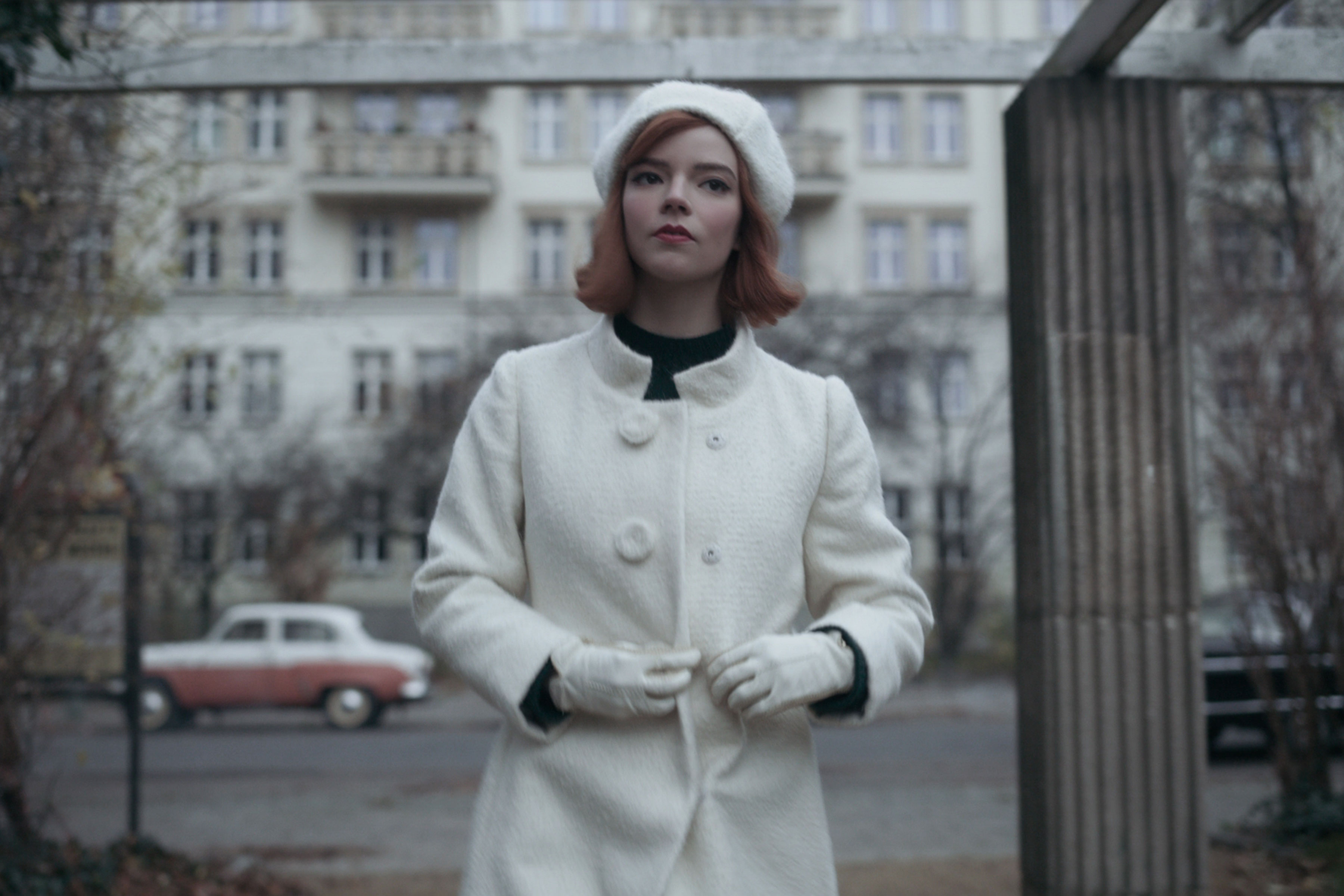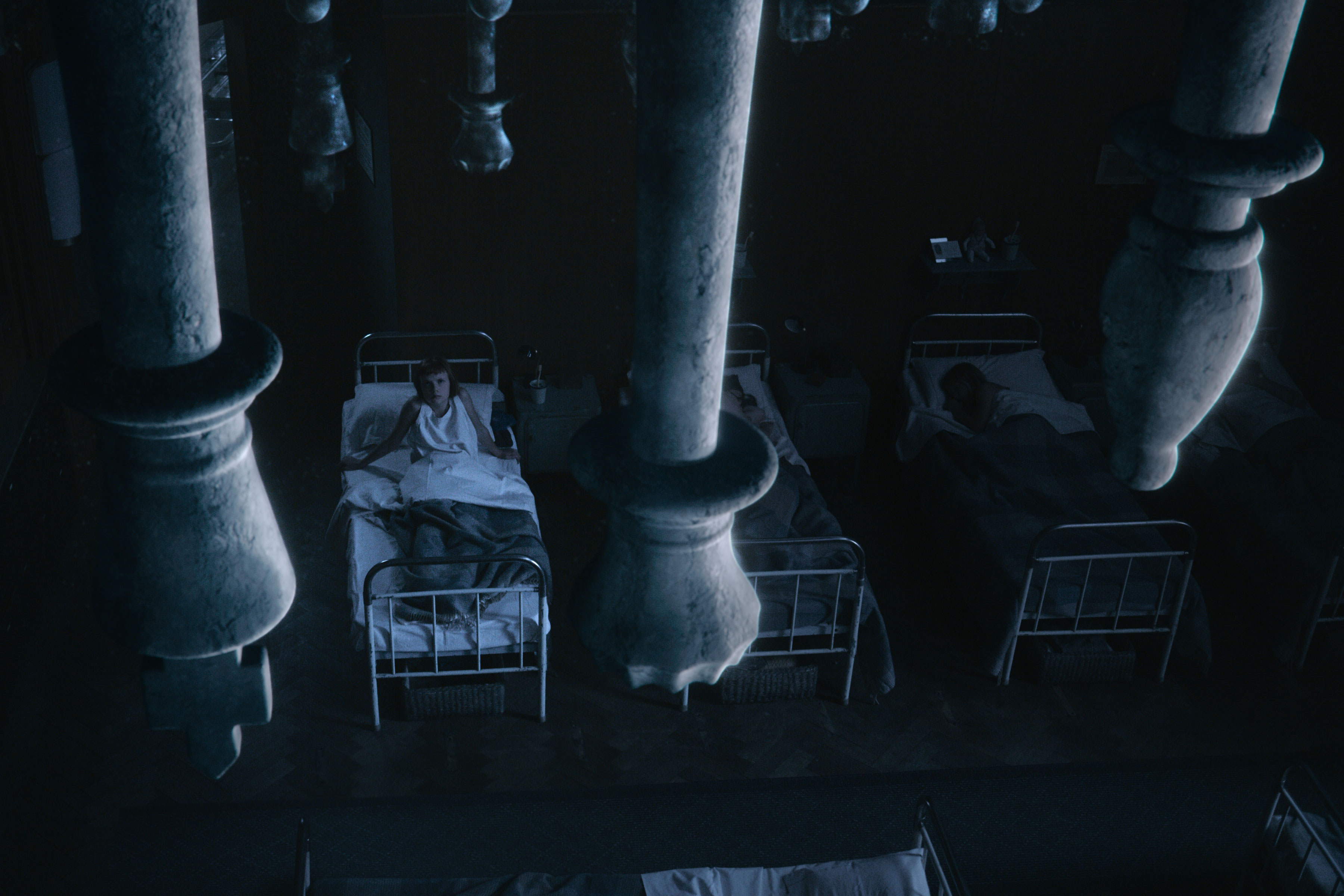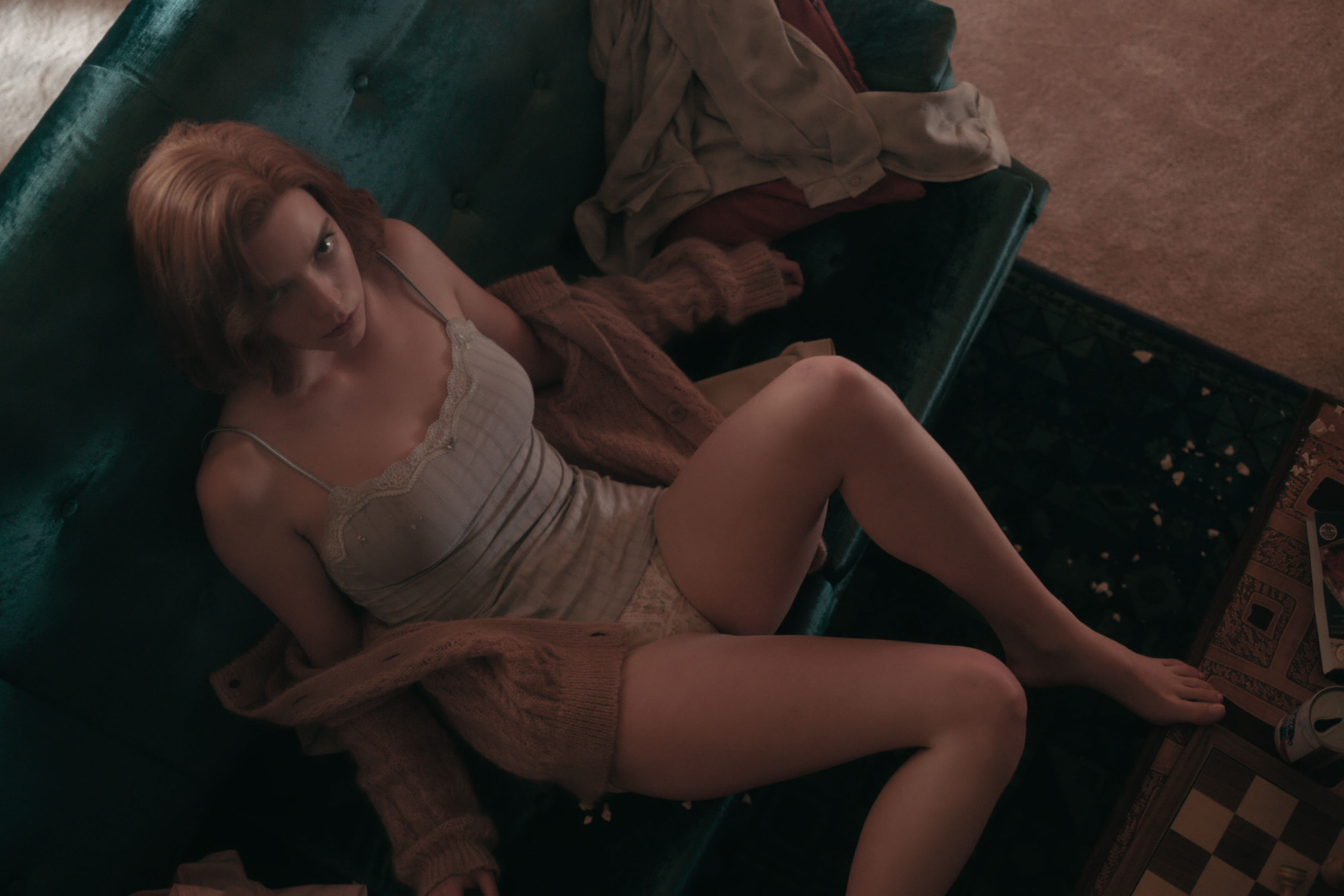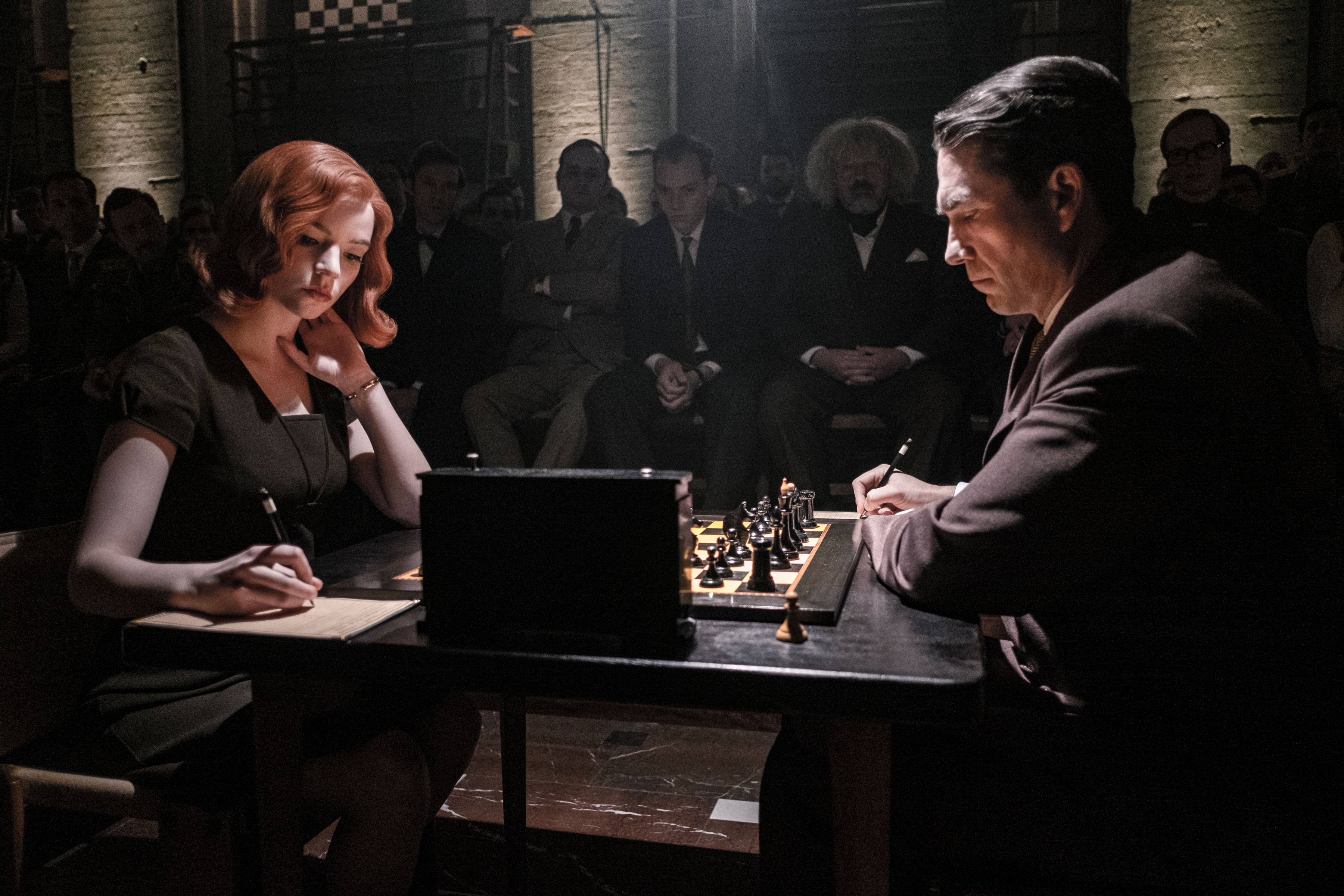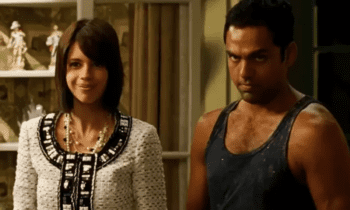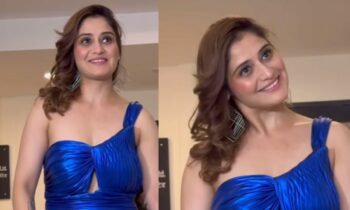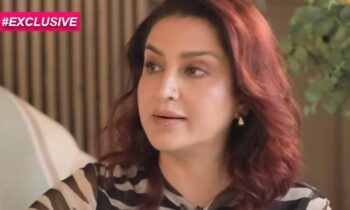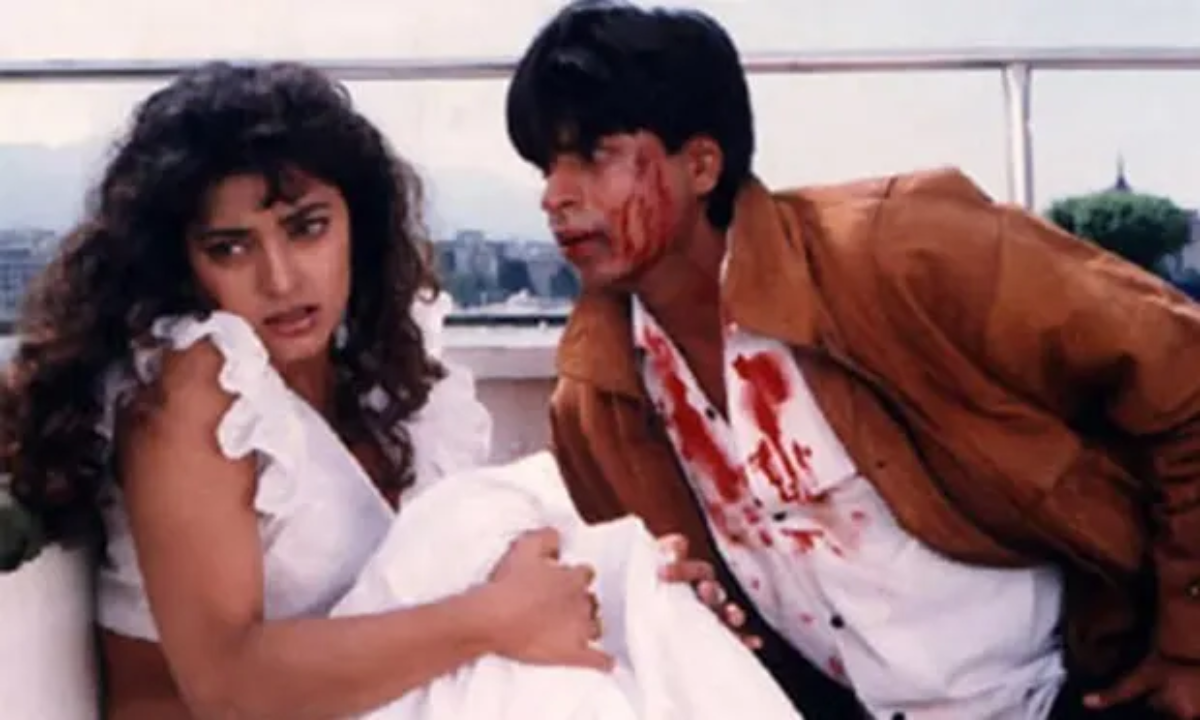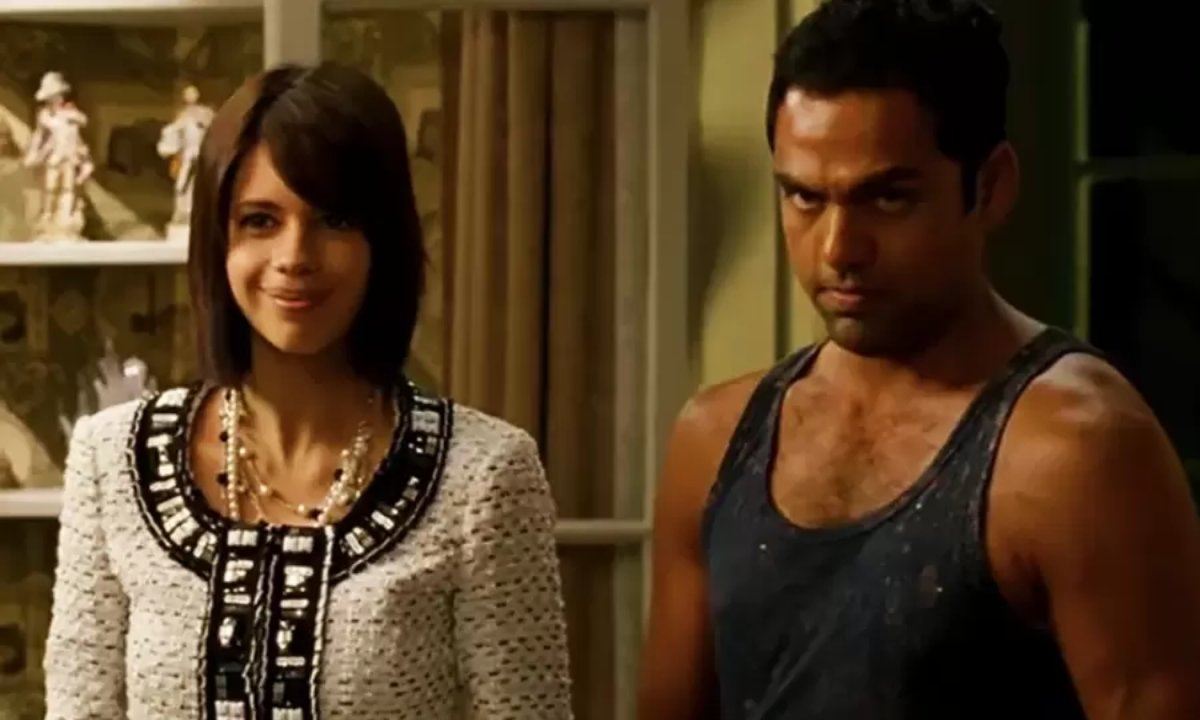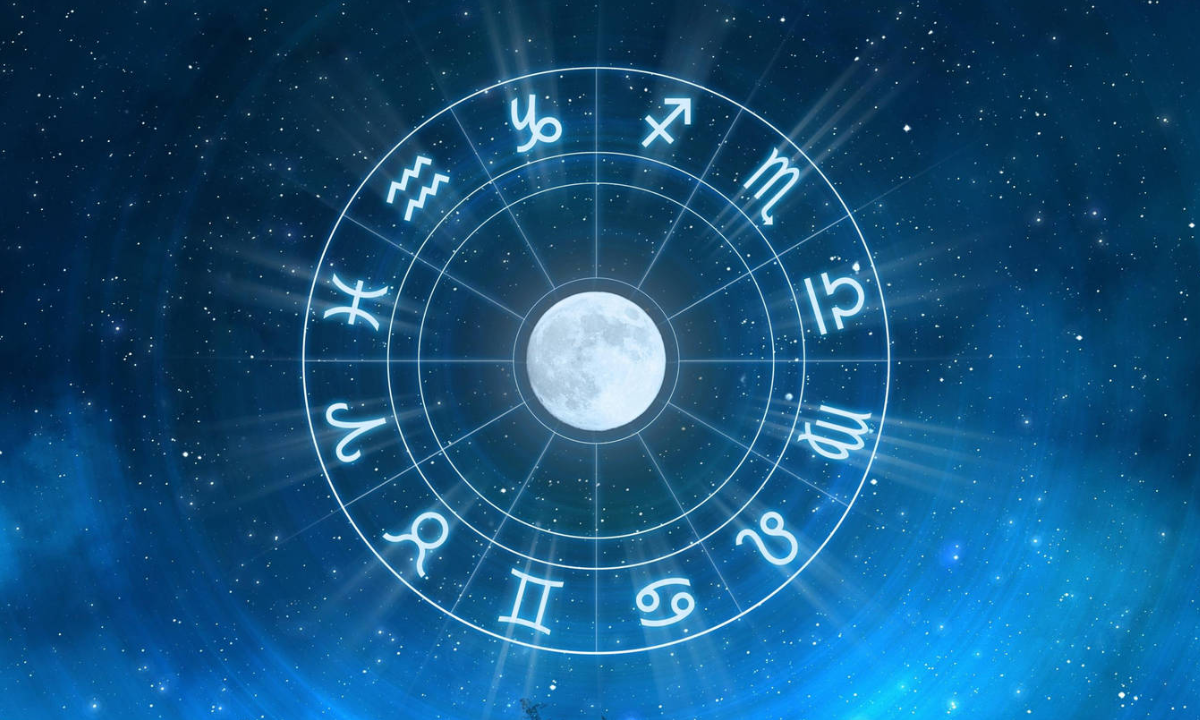In 5 Moves, We’ll Convince You To Watch ‘The Queen’s Gambit’ On Netflix
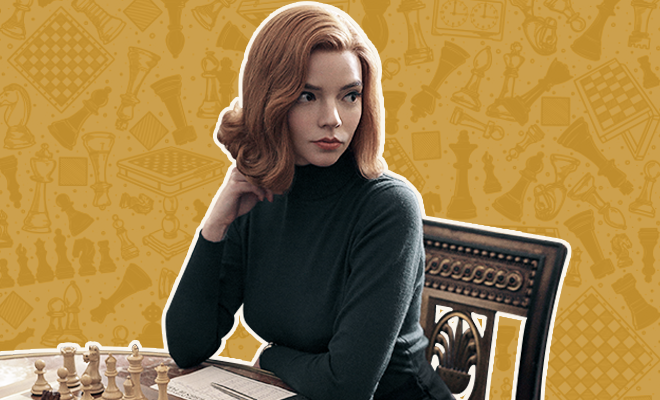
Sports films are always crowd pullers, no matter if you’re watching it for the first time or the tenth. Pick up a Chak De! India or MS Dhoni: The Untold Story, and you’ll realise that you never come to watch a sports movie for the ending. It’s always the journey, with all its highs and lows, wins and losses and the character building that keeps us hooked. But if I were to tell you to go watch Netflix’s newest offering, The Queen’s Gambit, you’ll probably won’t be that excited. For starters, it’s based on the fictional life of a female chess prodigy in the 1950s. Instantly, you’ll come up with excuses like, “Arre yaar but I don’t know chess. What will I understand?” Or “But chess is so boring, not as exciting as a cricket or football.” If sexist, you might also skip it because women aren’t that good at sports, na? But trust me, this Anya Taylor-Joy starrer mini-series, created by Scott Frank and Allan Scott, is one of the best pieces of television to come out this year.

The Plot
“The way I always describe this story is that it’s not about a game, it’s about the cost of genius.” – Co-creator. Writer and director Scott Frank
The Queen’s Gambit is adapted from Walter Tevis’ 1983 novel of the same name. It is essentially the coming-of-age story of an orphaned girl, Elizabeth Harmon, who finds herself at an orphanage in Kentucky, where she discovers a remarkable talent for chess. She begins playing with the janitor, Mr. Shaibel, who recognises what Beth is capable of and teaches her to the best of her abilities. Unfortunately, the orphanage is also the place which gets Beth addicted to a tranquilliser pill called Librium, which was given to children in the 1950s-60s before the American government outlawed it. Beth believes that the pills calm her mind and let her visualise the chess board, which in turn, makes her better at the game.
Eventually she gets adopted, and finds a semi-maternal figure in Mrs. Alma Wheatley, who lets Beth pursue chess in a whirlwind romance that takes them both places. However, as Beth manages to smash through a male-dominated world of pro chess, draped in 60s glamor and style, and encounters friends and competition, her personal demons and addiction threaten to ruin the only thing about her life that she can control.
https://youtu.be/CDrieqwSdgI
I’ll admit, I, too, had the same inhibitions about watching the seven-episode series, chiefly the bit about understanding chess but not enough to keep up with grandmaster-level plays. However, the trailer definitely hooked me in with the production quality, the cast (Emma, Game of Thrones and Harry Potter alums), and, well, there was something about Anya Taylor-Joy’s eyes. Moreover, the early review had begun pouring in and the series received much critical acclaim, which made me wonder why Netflix hadn’t promoted it all that much in India (could’ve gotten Viswanathan Anand onboard, IDK!)
It’s safe to say that not only am I thoroughly impressed by The Queen’s Gambit and every aspect of it, but I will also, in true chess player style, convince you to watch the Netflix mini-series in five moves.
1. The Characters
Of course, the major credit for the characters would go to the author of the book. But I love how these characters have been brought to life on screen, particularly, the humanisation of Beth Harmon as a teenage girl struggling to fit in, and not just an overly confident chess prodigy whose story, you know, is going to end predictably in a big win.
The supporting characters are equally rich with details, and the writers don’t need any exposition at all to reveal their stories. In fact, they prefer to focus on them in the now, but you still feel like you can understand and relate to them. For example, Beth finds a solace in her adoptive mother, Alma, because they’re both in some ways women abandoned by their loved ones, living in a man’s world, and fighting addictions of their own. But while Beth has chess and Alma’s support to keep her from drowning, Alma is already too far gone. The kinship they feel is poetic.
Similarly, the characters of Benny Watts, who is a reigning national chess champion and yet completely different from what you’d expect a pro chess player to be. Again, Beth’s familiarity with him emerges out of her own insecurities about how she doesn’t fit into this world and that maybe she is different than the others.
Beth’s addiction, in itself, is a character here, manifesting as a defense mechanism she uses but one she must let go of as she comes of age and realises that adulting needs you to feel the pain and reality instead of escaping into a state of numbness.
2. The Cast
The Queen’s Gambit comes with quite an impressive cast. Anya Taylor-Joy was previously seen in and as Emma and will soon appear in Edgar Wright’s Last Night In Soho. Anya has already been impressing critics with her performance, and with Gambit, she is bound to kick the praise several notches higher. She’s done as much emoting with her eyes and expressions as she has while she is talking. Executive Producer William Horberg revealed, “We loved to have the camera stay on her. Anya was just unbelievable. There was so much story that needed to be told in the silent moments, and even unscripted moments.”
There’s also Thomas Brodie-Sangster who played Jojen Reed on Game of Thrones and starred in Gambit creator Scott Frank’s Emmy-winning Godless. There’s Harry Melling, who we’ll all recognise as Dudley Dursley from the Harry Potter movies, as well as Netflix’s recent film, The Old Guard, in which he played the antagonist. Emmy award nominee Bill Camp plays Mr. Shaibal, and though he’s the silent types, he does seem to leave an impression on Beth as well as us. Marielle Heller, who plays Alma, is actually an Academy Award nominated director herself! She returned to acting after a break, as she was busy directing films like the Tom Hanks starrer A Beautiful Day In The Neighbourhood and the Melissa McCarthy starrer Can You Ever Forgive Me? No wonder she had such an incredible grasp on the flawed character of Alma and played it in such a way that you could both love and hate the character in equal measure.
I felt a tinge of extra love for Moses Ingram as the badass Jolene, and was quite surprised to know that this was her on-screen debut! She brings such warmth to her character when needed while remaining this cool friend that Beth could seek advice and support from. Her moments of vulnerability, as she dealt with the ostracisation of being a black child and eventually woman in an all-white setting was quite impactful.
Apart from these, every single actor, including the girl who plays the younger Beth Harmon, do a fantastic job!
3. The chess, or should we say choreography?
The creators brought on board Bruce Pandolfini and Russian grandmaster Gary Kasparov as chess consultants. In fact, Pandolfini had worked with Walter Tevis when he was writing the original book, and he was the one who suggested Tevis title it as ‘The Queen’s Gambit’ which is one of the most common opening moves in chess. The two consultants had to devise hundreds of chess positions which they did by replicating some of the more famous IRL games of grandmasters!
Of course, the actors also had to be trained to play the game and look like they were indeed competitive chess players. You could almost term it as chess choreography, since it was more about picking the physical traits of playing the game. Once you see the series, you realise that it must have been incredibly difficult to move the chess pieces that fast and with a certain finesse, when the characters are playing speed chess! One of the most fascinating qualities of Beth’s genius is her ability to visualise the chess board on the ceiling and anticipate her moves there. I have found out that this is something some of the biggest grandmasters are used to doing.
“Even though it’s such a mental game, I think what we’ve done with the show is choreograph all of the chess sequences with a different understanding. Some of them are a bit sexier, some of them are really intense when she’s deeply upset, and then because she also struggles with addiction, that can add a whole other element to them as well. They are played out like action sequences. It’s actually my favorite part of the show,” said Anya Taylor-Joy.
Also Read: This Is Us Season 5 Premiere Sidestepped Gender Roles To Tell Men It’s Okay To Express Emotions
4. The period fashion and beauty looks
I love period dramas because it feels like stepping into this whole new/old world that you’ve never seen or experiences before. And it is things like costumes, food, the sets and hair and makeup that make this experience as close to authentic as possible. In The Queen’s Gambit, the 1950s-70s fashion is portrayed quite on point. But what I essentially enjoyed was how the outfits often reflected what the characters were going through, or what stage of their lives they were in at the time. Their creative genius lay in matching these outfits to the colour palette of the show, the character’s moods as well as leaving enough room to play around and not make the clothes too surreal or unwearable.
Costume designer Gabriele Binder says, “Beth is someone who defines herself very much by what she’s wearing. She’s searching for herself and can’t quite find who she is. This is perhaps because she’s a woman in a man’s world and she doesn’t see role models, so she is picking role models around her. She is always about change, change, change. She is trying to be cool, but she always seems to miss the point.”
Director Scott Frank further elaborated on how Beth’s costumes were more about a teenage girl trying to find her style and place in the world. And when she finally becomes self-assured, her clothing has to reflect that. “As we go forward, she’s more and more glamorous, and she’s trying to be other people, so we had these very practical conversations tethered to the story and tethered to who they are. It was never about, well, wouldn’t it be great to put her in this or put her in that. At the very end when Beth is finally comfortable in the world of chess, Gabriele found this beautiful long white coat with this white hat for Moscow because it’s very cold. We realized she looked like the white Queen. All the way through we were constantly talking about how the costumes were going to help tell the story.”
I loved Beth’s outfits as well as Alma’s and when I saw them jetsetting around in those fabulous clothes to Paris and Las Vegas, it felt like I was watching a Mad Men and Gossip Girls crossover!
The same dynamics where applied to the hair and makeup, which changed with Beth’s age, her living situations and the stage of her addiction. In fact, her red hair was a conscious choice to make sure that no matter how much she tried to fit in, she would always stand out.
5. The technical brilliance that created impeccable visual storytelling
Queen’s Gambit has these several pieces, much like a chess board, that come together to create a wonderful look and feel. The series doesn’t just get its characters talking but even something as background as the wallpapers of Beth’s house have something to tell you about where we’re at in Beth’s story.
Creator Scott Frank said, “The cinematography, the costumes, the production design, they’re all part of the same thing for me. I want the costume designer to see the wallpaper, and the entire room that the clothes will be going to be in, so that it can all work together. It helps everything look better. We all talk about it, come up with a palette and we stick to it. We keep it pretty rigorous if we can.” And I can assure you, DOP Steven Meizler has done a phenomenal job, especially the way he shows Anya’s Beth in every other scene. The chess sequences are helped considerably by Michelle Tesoro’s editing, which make them look almost like action sequences.
The Endgame: The Queen’s Gambit doesn’t need you to know chess. It’ll keep you hooked with plenty else, especially the subtext.
I think, somewhere, my biggest inhibition about The Queen’s Gambit became my biggest asset. The fact that I didn’t know chess just made me appreciate the human stories and the subtext even more., which was the core essence of the story as it was written and adapted. Co-creator Allan Scott said, “It’s about a child growing up, interrupted by this brilliant talent that she has. It’s very difficult to have a normal life if you have an extra normal ability in almost any area, so this story is much more about her demons than it is about her obsession with chess. In fact, there’s nothing you need to know about chess.”
And this did prove true. There’s a lot of storytelling going on, and not just when the characters are talking. It’s when they’re emoting, when the camera moves from one angle to the other, the way they dress or put on makeup, their little quirks and actions…. Even the bigger theme, that of an orphan girl who is alone, made more alone by the burden of her genius; never in control of her addiction but still in control of the game; never having her own family and yet meeting people on the way that became just that. And finally, sabotaging her own attempts at mastering her fear, which in this case is portrayed through the Russian Grandmaster that she’s scared to face off, and eventually conquering that fear by defeating him.
The only place where I thought The Queen’s Gambit faltered was its depiction of how the men in that era, who were dominating not just competitive chess but also the society in general, would react to someone like Beth Harmon. There were no ego tantrums, temper issues, overt manifestations of misogyny…. Beth happens to always meet men that are… umm… nice to her? She doesn’t get eve teased or thrust in uncomfortable situations. She meets men who in the long run turn out to be female allies, who can put aside their male pride and help a girl out. Hey, I’d love to see this world be a reality. And this absence of any discomfort didn’t prick me all that much. But it would seem a bit too sanitised for those looking for a thread to pull.
One of the characters in the series remarks that the reasons the Russians win at chess is because they don’t play as individuals, but as a cohesive unit. And I think something exactly like that clicks for this series too, where all its elements come together to play a beautiful, entertaining game. All in all, The Queen’s Gambit, IMO, is one of the best series to come out this year. It does a heavy commentary on the protagonist’s life while still retaining the excitement and action of an out-and-out sports film. And the fact that it gives as these flawed female characters that we can feel for is just the grand slam.





